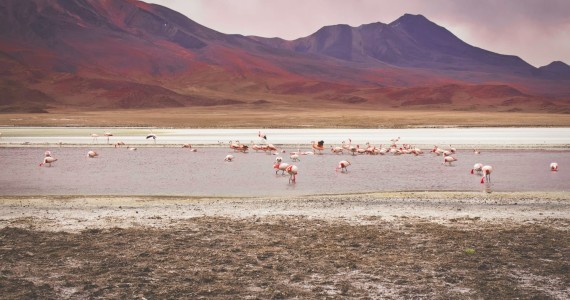Sponsored Listings:
The Seychelles Islands restricted the arrival of cruise ships to ports despite the fact that the coronavirus outbreak had a small impact on the country.
While tourism has been one of the industries hardest hit by the coronavirus pandemic, the cruise sector has been harmed even more so. Stories of wandering ships in search of ports that let them dock and others moored with thousands of infected aboard have made the news for the past months, and the ban of destinations such as Seychelles aggravates the situation further.
Things will never be the same for cruise ships. Once ships are allowed to sail again (so far, cruise lines continue to postpone their operations) they will do so under new rules, removing some of the more popular services, like buffets, for example. Some will even have to remove a few destinations from the itineraries, such as the Seychelles Islands, which announced a cruise ban until 2022 in order to prevent a new COVID-19 outbreak.
The country’s tourism authorities single out cruise ships for its role in the spread of the coronavirus around the world.
No more cruises until 2022
While Seychelles isn’t a top destination for cruise ships, the archipelago, made up of 115 islands, expected to welcome at least 50 cruises this season.
Since 2016, approximately 30,000 people have entered the country through cruise ships, so the measure will have some impact on the local economy.
Although the epidemic in the country has not been anywhere near as devastating as it has in the rest of the world (with a population of 100,000, only 11 cases have been confirmed and no deaths) the executive director of the Seychelles Ports Authority, Ronny Brutus, referred to the measure as “necessary”.
In fact, he described the measure as a “wise decision to mitigate the impact that COVID-19 may have in the medium term.” Brutus also said that “It should be noted that the cruise industry has had an important role in the worldwide spread of COVID-19.”
The decision represents another blow for the cruise industry, especially since many experts considered that this type of exotic destinations, with relatively low density and in which coronavirus had had little impact, would be crucial to attracting travelers once cruise ships had resumed operations.
Other destinations such as the Cayman Islands, northwest Jamaica, have also banned docking of cruise ships until at least September, although local authorities stressed that the restriction could be extended until the end of the year.
Cruise ships return
Despite the situation, some cruise companies remain optimistic. This is the case of Norwegian Cruise Line whose CEO, Frank del Rio, said just a few days ago that “bookings keep coming” and that there is “accumulated demand since people want to sail again”.
The cruise line, which did not record a single case of COVID-19 on its ships, will take advantage of the de-escalation plan in Norway, where schools, kindergartens, restaurants and cinemas are already open.
Norwegian Cruise Line has prepared its own de-escalation plan so that, once it’s possible to resume operations, cruises gradually return at a rate of five a month (meaning it would take about 6 months for the entire fleet of 28 ships to be sailing again). According to their latest forecasts, NCL is expected to return at the end of June.
Source: tourism-review.com










